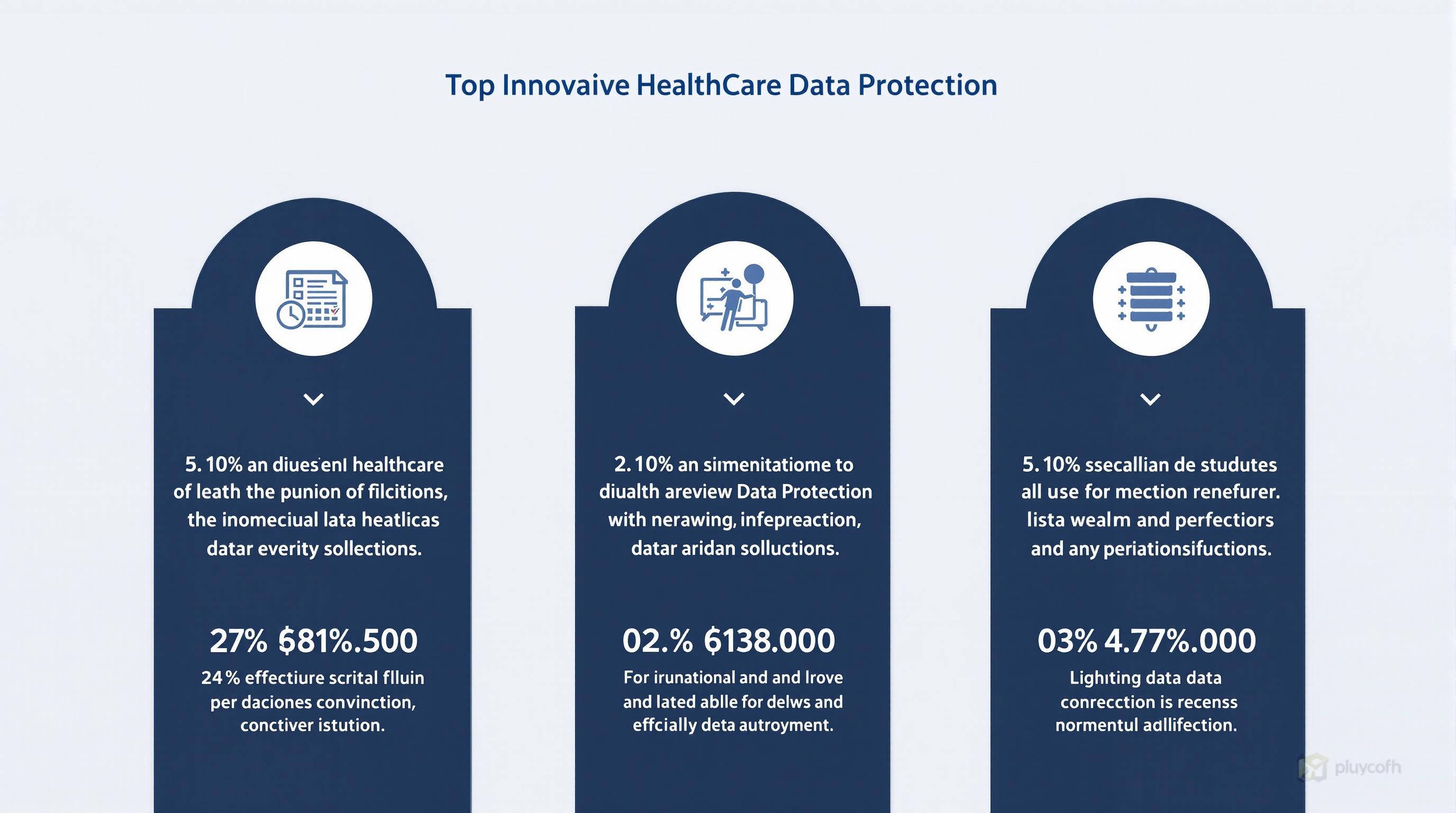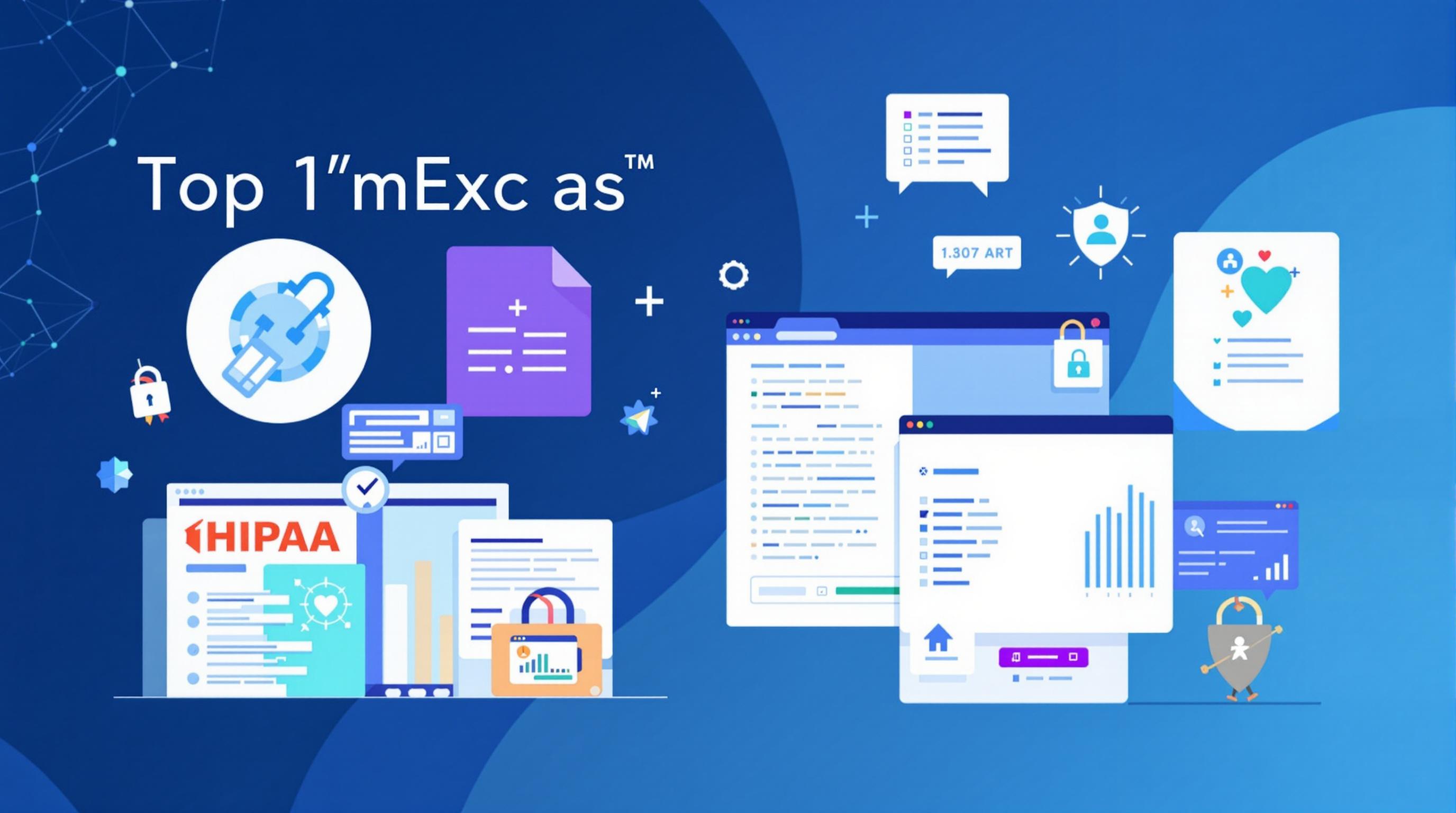Related Articles
- The Unexpected Impact of Environmental Factors on the Accuracy of Medication Dispensing Technologies
- Exploring the Influence of Mental Health Stigma on Accessibility and Affordability of Coverage in Modern Insurance Plans
- How Cloud Storage Quirks Are Quietly Complicating Patient Data Protection in Modern Healthcare Settings
- Top 6 Emerging Medical Billing Platforms Revolutionizing Practice Revenue Cycles Since 2019
- When Digital Distance Deepens Divide: Surprising Social Costs of Remote Health Services in Underserved Communities
- The Unexpected Role of EHR Usability in Physician Burnout and Strategies to Reclaim Workflow Balance
How Cloud Storage Quirks Are Quietly Complicating Patient Data Protection in Modern Healthcare Settings
How Cloud Storage Quirks Are Quietly Complicating Patient Data Protection in Modern Healthcare Settings
Healthcare's shift to cloud storage is reshaping patient data management but introduces a labyrinth of complications affecting privacy and security. Understanding these quirks is essential for safeguarding sensitive patient information in modern healthcare.
Imagine you're Sarah, a 34-year-old nurse at a bustling urban hospital, relying on cloud storage to access patient files instantly. One afternoon, you find discrepancies between patient medication histories and what's recorded in the cloud. Though it seems like a simple glitch, this issue highlights deeper complexities in how cloud storage handles healthcare data — issues that could impact millions.
The Invisible Challenges of Cloud Storage in Healthcare
When healthcare providers move patient data to the cloud, they often assume enhanced accessibility and security. However, this transition is riddled with quirks that can quietly undermine data protection efforts.
First, the shared responsibility model of cloud providers often confuses healthcare administrators. While cloud vendors ensure the infrastructure is secure, it is up to the healthcare organizations themselves to secure the data layered on top. According to a 2022 report by IBM, 82% of healthcare breaches stem from misconfigured cloud settings or human error rather than direct attacks.
Moreover, healthcare data is constantly updated and modified. Cloud storage systems, depending on their syncing and backup protocols, may lead to inconsistent versions of records. A 2019 study found that 27% of healthcare organizations experienced issues related to data synchronization in cloud environments, sometimes leading to clinical errors.
What Happens When Data Goes Missing?
Consider a tragic scenario: A cloud-based system experiences an outage or latency spike just as a critical patient record update is underway. Without robust version control and fail-safes, data loss or corruption can silently occur. It’s like a modern-day “telephone game” where the message distorts over transmission, but with life-or-death consequences.
Layering on Legal and Regulatory Complexities
The Health Insurance Portability and Accountability Act (HIPAA) in the U.S. demands stringent control over patient data. But the amorphous nature of cloud environments — especially multi-tenant public clouds — challenges compliance. Healthcare providers juggling multiple cloud vendors may find it difficult to guarantee data residency and audit trails.
In 2021, a case involving a major hospital chain revealed that inconsistent encryption practices across their cloud platforms led to unauthorized data exposure. Although no direct breaches were found, the regulatory fines and reputational damage were severe.
Are Cloud Providers Equipped to Handle Healthcare Data?
While providers like AWS, Microsoft Azure, and Google Cloud offer healthcare-specific compliance tools, their complex configurations require specialized expertise. Cloud misconfiguration is a silent saboteur; a single incorrect permission can lead to massive data leaks. A 2023 cybersecurity survey showed that 65% of healthcare SMBs admitted lacking in-house cloud security skills.
Funny enough, some providers have started marketing "healthcare cloud superpowers," but the reality on the ground shows it’s not superhuman skills but meticulous mundane work that ensures safety.
Case Study: When Cloud Sync Errors Nearly Derailed Patient Care
At a mid-sized regional health center in Ohio, doctors found that patient allergy data was not syncing properly between cloud platforms and local EHR systems. This bug nearly led to administering conflicting medications — a near miss that was caught just in time. Post-investigation, it turned out that subtle differences in data formatting protocols between two cloud services were to blame.
Solutions involved rigorous data standardization and investing in real-time sync monitoring tools. But this case underscores how even tiny technical nuances in cloud services can cascade into major healthcare risks.
Conversational Sidebar: Hey, Why Does My Doctor’s Cloud System Crash Then?
“I just don’t get it,” says 29-year-old college student Jamal, frustrated after his doctor couldn’t retrieve his latest test results due to cloud downtime. “If the cloud is supposed to be this magic place where everything is saved forever, why do these glitches happen?”
Well, Jamal, cloud storage isn't a flawless magic box. Think of it like the internet’s filing cabinet — accessible but sometimes messy. Technical hiccups, network slowdowns, conflicting data models, and human errors all play parts. As healthcare gets more digital, these issues demand serious attention.
Encryption: The Double-Edged Sword of Accessibility and Security
Encrypting patient data in the cloud is a must, but how you handle encryption keys is the sticking point. In some configurations, healthcare providers rely on cloud vendors to manage keys, potentially creating vulnerabilities. Alternatively, key management layers add complexity that can lead to mismanagement.
An enlightening example comes from a 2020 survey where 48% of respondents admitted to confusion over encryption key responsibilities in hybrid cloud settings, raising concerns over potential unauthorized access.
Aging Systems Meet Cloud Nuances
Many healthcare providers use legacy Electronic Health Record (EHR) systems ill-suited for modern cloud environments. Interfacing old systems with cloud platforms can introduce data formatting inconsistencies and synchronization delays.
Take a hospital in New England where integrating a 15-year-old EHR with a cloud backend led to duplicated records cropping up randomly — causing administrative headaches and patient frustration alike.
Addressing the Cloud’s Patient Data Puzzle: What Can Be Done?
A multifaceted approach is critical: First, investing in specialized cloud security training for healthcare IT teams can reduce misconfiguration errors drastically. Second, adopting standardized data formats like HL7 FHIR helps smooth data exchange across systems.
Real-time monitoring using AI-driven anomaly detection can catch sync errors before they become clinical problems. Plus, clearly delineating encryption and key management responsibilities between cloud providers and healthcare organizations avoids security grey areas.
Why Patient Trust Depends on Tackling These Quirks
Ultimately, patient trust is the currency of healthcare. As cloud storage becomes the backbone of health data management, its silent quirks threaten to erode confidence if left unchecked.
Consider the fallout from the 2019 ransomware attack on a hospital chain's cloud provider that led to temporary unavailability of patient records. Public outrage mounted, not just over security but over perceived helplessness of institutions relying heavily on cloud infrastructure.
Final Thoughts From a 47-Year-Old Health IT Specialist
Having spent nearly two decades in healthcare IT, I’ve seen the technology evolve from clunky standalone servers to the vast yet delicate ecosystems of the cloud. The cloud offers unprecedented potential — but it’s not a cure-all. Without attention to detail, education, and robust policies, we risk turning a tool meant to save lives into a source of harm.
For patients and providers alike, staying informed and proactive about these cloud quirks is no longer optional; it’s essential in the new era of digital healthcare.




